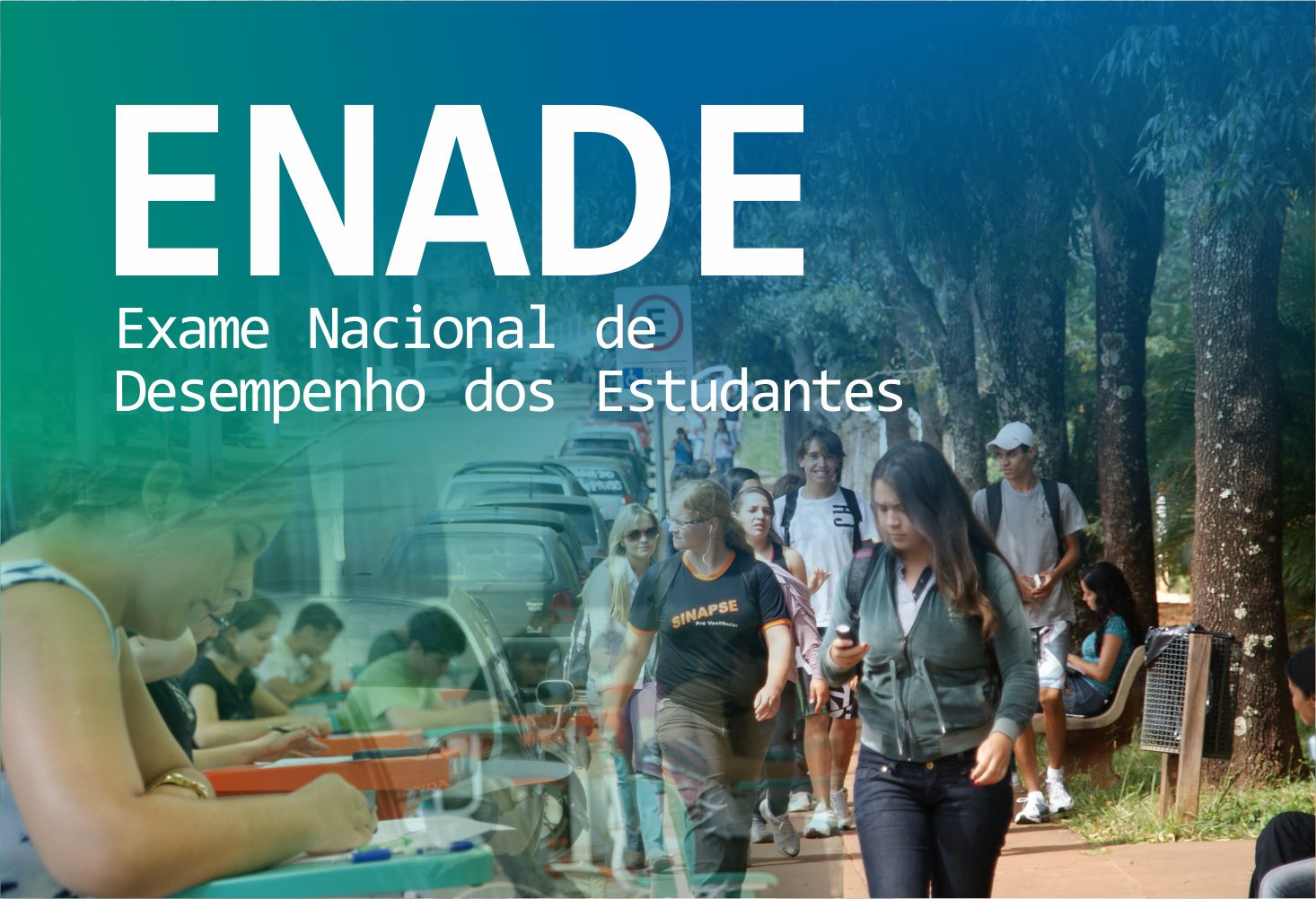This paper has as its overarching objectives to examine the evaluation of higher education programs in Brazil in order to understand the processes of this complex sector and to provide new insights for public policy. We explore three questions: A) How much the students are learning? B) Do more selective programs have higher value-added than those less selective? And C) Are quality of faculty and institutional resources correlated to higher scores?
I use data publicly available from ENADE test scores and the overall accountability system, both at the program and student-level from 2005, 2008, and 2011. The exam is accompanied by a survey that contains questions about students’ socio-economic status (SES) and opinion about their programs. I analyze the five fields evaluated that had the most students enrolled in those years: Education, Language Arts, Biology, Electrical Engineering, and Computer Science. My estimation strategy in all three research questions is to compare value-added estimations using two approaches, intercohort (cross-sectional) and intracohort (longitudinal).




